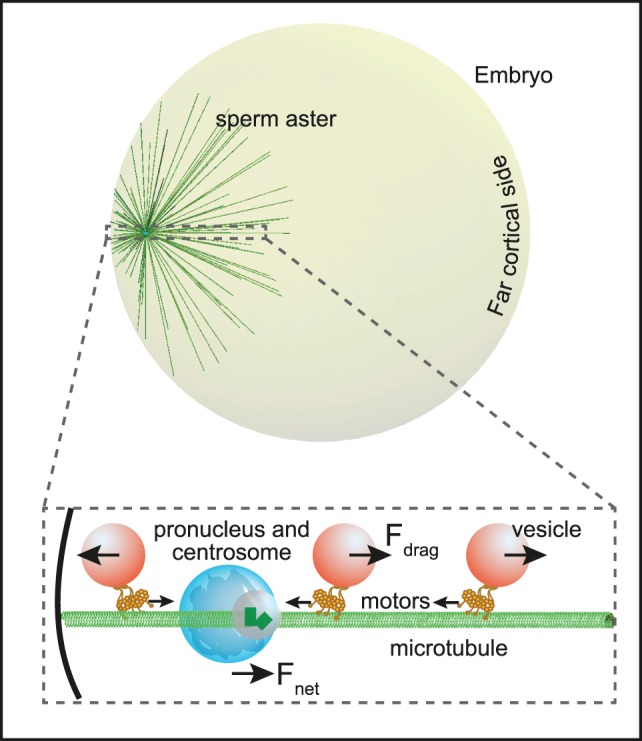Figure 1. Schematic of the geometry of the embryo used in the model and the forces involved.

The embryo has the spherical geometry of that of the early Xenopus laevis embyo with the sperm’s pronucleus and its associated microtubule aster positioned close to the cortex. As cargos are transported by minus-end directed motors towards the centrosome they experience an opposing cytosolic drag force (Fdrag, magnified schematic). That force equals the force exerted by the motors on the microtubules and points in opposite directions on the two sides of the centrosome. The net force, Fnet, on the centrosome and associated male pronucleus points towards the far cortical side since the microtubules on that side can grow longer and support more vesicles than those on the other side. The net effect is motion of the growing aster towards the cell center.
